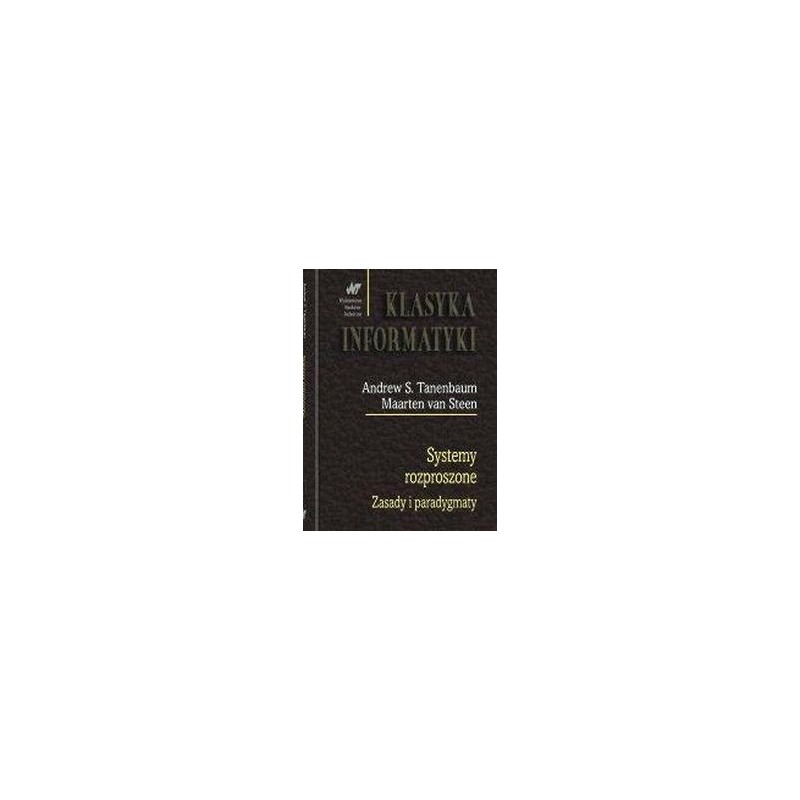- Out-of-Stock



Table of Contents
1. INTRODUCTION
2. COMMUNICATION
3. PROCESSES
4. NEGLIGENCE
5. SYNCHRONIZATION
6. COHERENCE AND IGNITION
7. TOLERING, FAILURE
8. SAFETY
9. SYSTEMS BASED ON DISTRIBUTED BUILDINGS
10. DISTRIBUTED FILE SYSTEMS
11. DISTRIBUTED SYSTEMS BASED ON DOCUMENTS
12. DISTRIBUTED SYSTEMS BASED ON COORDINATION
13. LIST OF RECOMMENDATIONS AND BIBLIOGRAPHY
No product available!
Ugears continues to celebrate the brave fighting men and women of Ukraine\'s armed forces with the Dozor-B TCWV (Tactical Combat Wheeled Vehicle), an all-wheel drive armored personnel carrier (APC). Manufactured in Ukraine and first put into service in 2007, the Dozor-B is a multi-purpose light armored vehicle for transporting personnel, weapons, medical supplies and military equipment in combat environments. UGears 70190
No product available!
No product available!
No product available!
No product available!
No product available!
No product available!
No product available!
No product available!
No product available!
Assembled alarm control panel cooperating with the motion sensor. AVT1925 C
No product available!
PCB and programmed system for the rev counter 0-29999 rpm. AVT1870 A +
No product available!
No product available!
No product available!
No product available!
Single-board computer with Samsung S3C6410 processor (ARM11) with 7 inch display and touchpanel
No product available!

